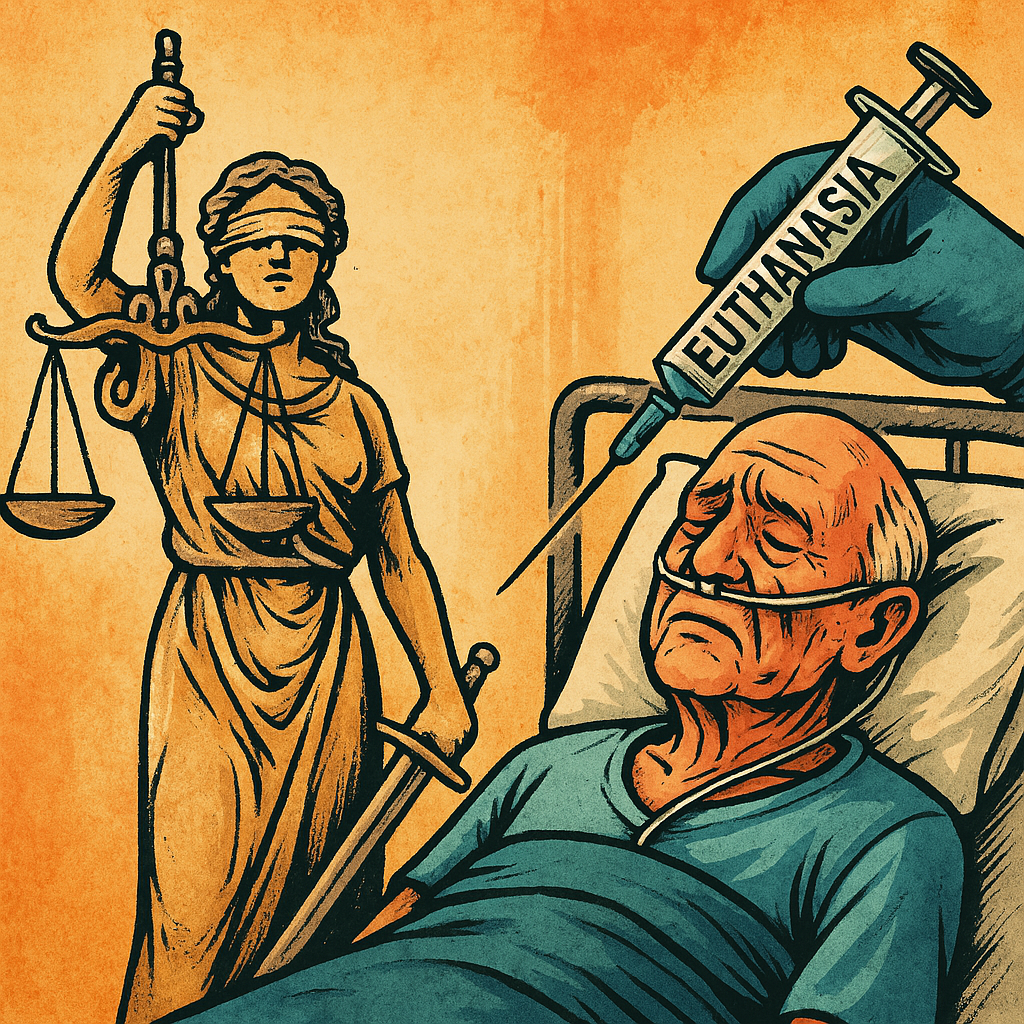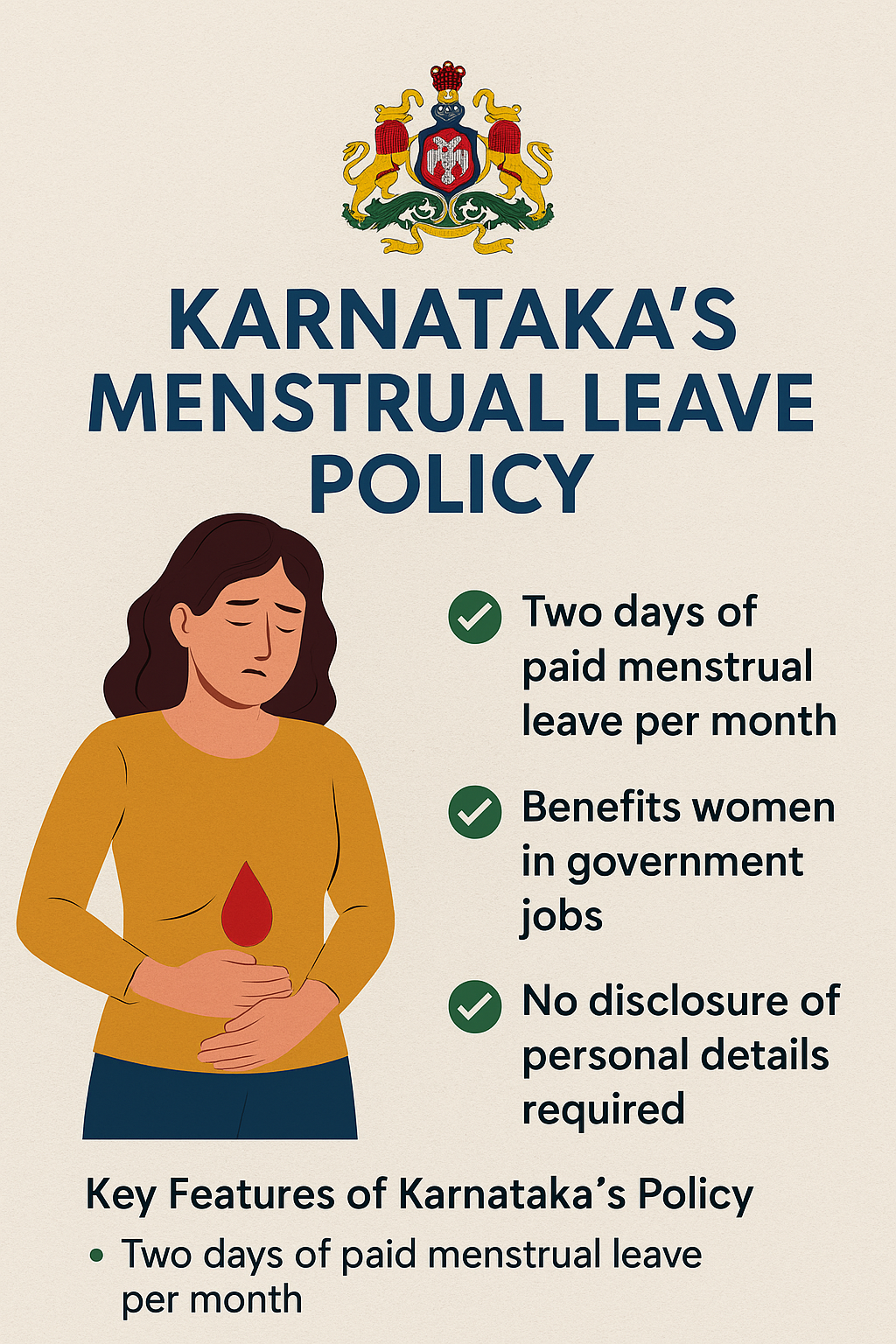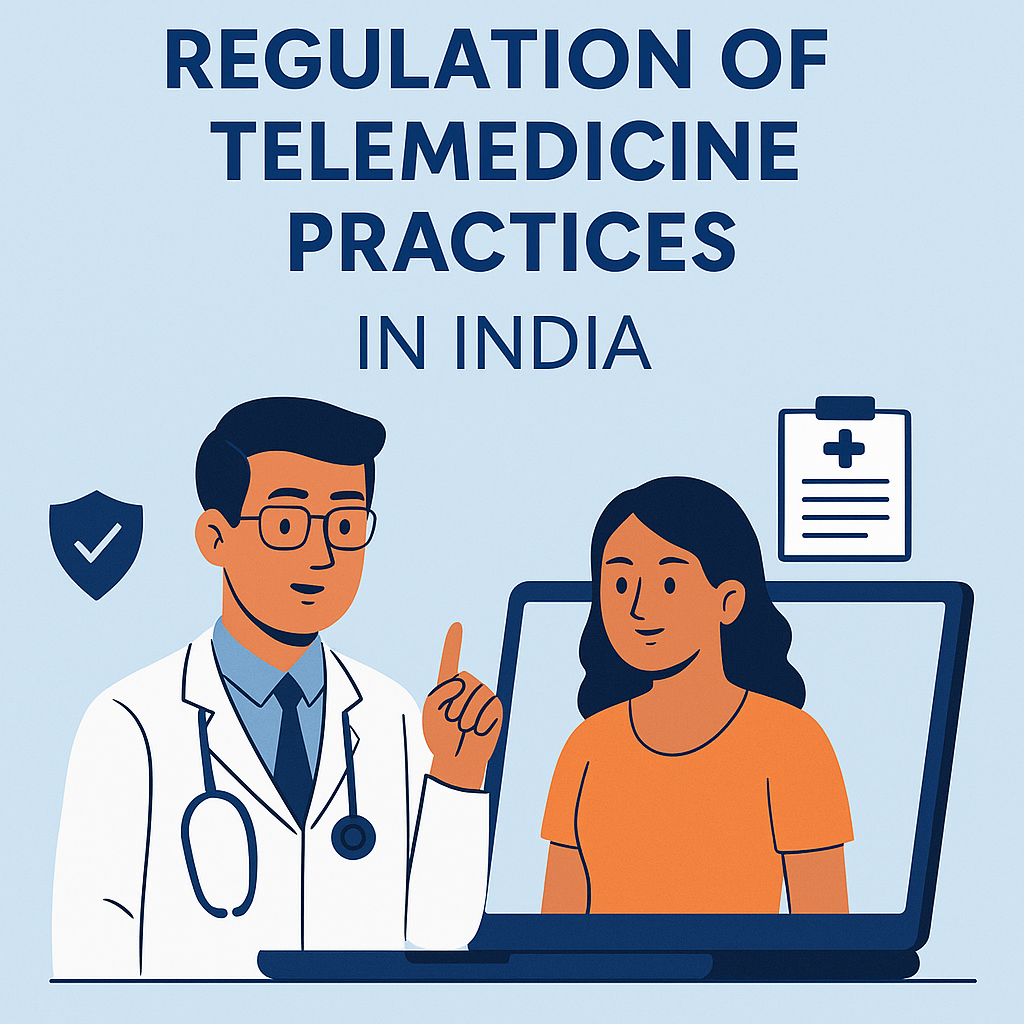The Costs of the Tort System under Personal Injury
The Costs of the Tort System
Under Personal Injury Law
📌 What is the Tort System?
The tort system is the legal framework under which individuals can claim compensation for wrongs or injuries caused by another’s negligence or intentional acts. In personal injury law, it allows victims to seek damages for physical, emotional, or financial harm.
💰 Understanding the Costs of the Tort System
The costs of the tort system in personal injury cases refer to the financial and non-financial expenses involved in pursuing or defending claims, including:
1. Direct Costs
Legal Fees: Payments to lawyers for representation.
Court Fees: Charges for filing suits, evidence production, expert testimony.
Investigation and Expert Fees: Costs of gathering evidence and expert opinions.
Medical Expenses: Costs incurred for treating injuries.
Administrative Costs: Expenses related to case management, documentation, etc.
2. Indirect Costs
Time and Productivity Loss: Time spent by parties involved, including court time.
Emotional and Psychological Costs: Stress and trauma of litigation.
Delay in Compensation: Lengthy procedures may delay relief to victims.
Insurance Premiums: Increased premiums due to frequent claims.
Economic Impact: Impact on businesses, healthcare, and social systems.
⚖️ Impact of Costs on Personal Injury Litigation
Access to Justice: High costs can deter injured persons from filing claims.
Litigation vs. Settlement: Parties often settle to avoid expensive litigation.
Quality of Legal Representation: Those who can afford better lawyers may fare better.
Cost-Benefit Analysis: Parties evaluate whether the potential compensation justifies litigation costs.
🧑⚖️ Case Law on Costs in the Tort System
1. State of Rajasthan v. Union of India, AIR 1977 SC 1361
Held: The Supreme Court acknowledged that the cost of litigation should not be so high as to deny justice to the poor or injured. Access to legal remedies must be affordable.
2. M.C. Chockalingam v. Union of India, AIR 2000 SC 3006
Held: The Court emphasized the need for cost-effective and speedy justice in personal injury claims to reduce the burden on victims and the system.
3. Mohan Lal v. Baldev Singh, AIR 1969 SC 47
Context: Personal injury due to medical negligence.
Held: The Court awarded compensation while cautioning against unnecessary litigation costs that could burden victims.
4. John Doe v. Insurance Co., (Hypothetical Example)
Relevance: In many jurisdictions, courts impose costs on the losing party to discourage frivolous claims and reduce system burden.
📌 Reforms Addressing Costs in Tort System
No-Fault Compensation Schemes: To reduce litigation costs.
Alternative Dispute Resolution (ADR): Mediation and arbitration to settle disputes faster.
Caps on Damages: To limit large awards and related costs.
Legal Aid and Pro Bono Services: To help low-income injured persons.
Summary Table
| Cost Type | Explanation | Effect on Personal Injury Cases |
|---|---|---|
| Legal Fees | Payment to lawyers | Can be prohibitively expensive |
| Court Fees | Filing and procedural fees | Adds financial burden |
| Expert Fees | Specialists' testimony | Essential but costly |
| Time Costs | Delays and lost productivity | Causes frustration and delays compensation |
| Emotional Costs | Stress and trauma | Affects parties' well-being |
| Insurance Costs | Higher premiums due to claims | Raises overall economic cost |
🏁 Conclusion
The costs of the tort system in personal injury cases represent a significant barrier to justice for many injured persons. While it serves to compensate victims and deter negligent behavior, the financial and emotional expenses can be daunting. Courts and legislatures recognize the need for reforms to balance fair compensation with manageable costs, ensuring that the tort system remains accessible and effective.











0 comments